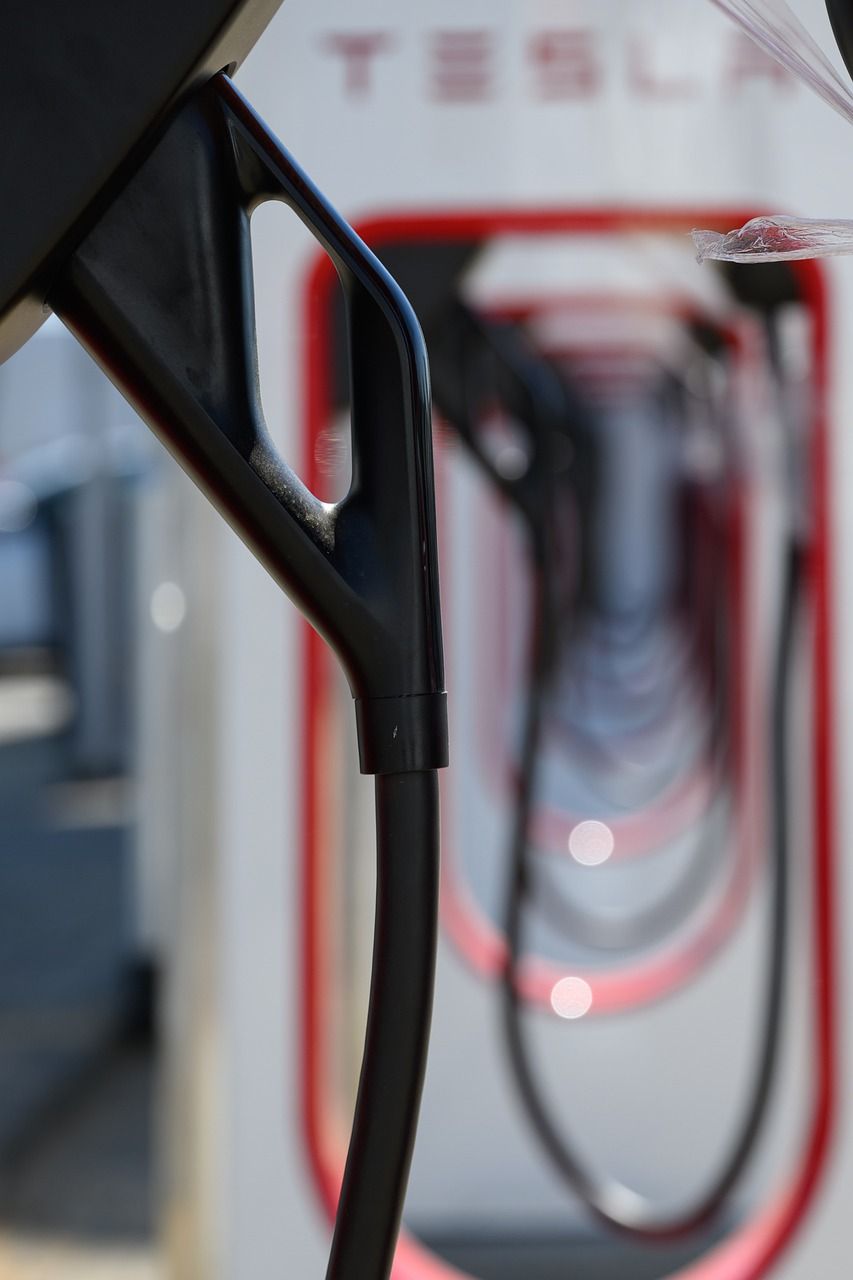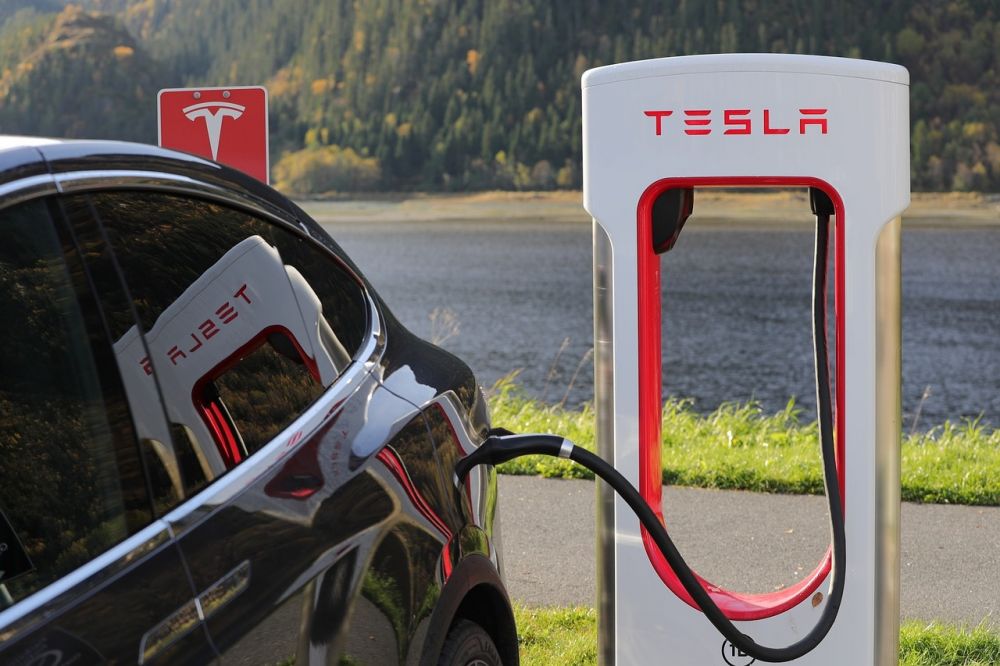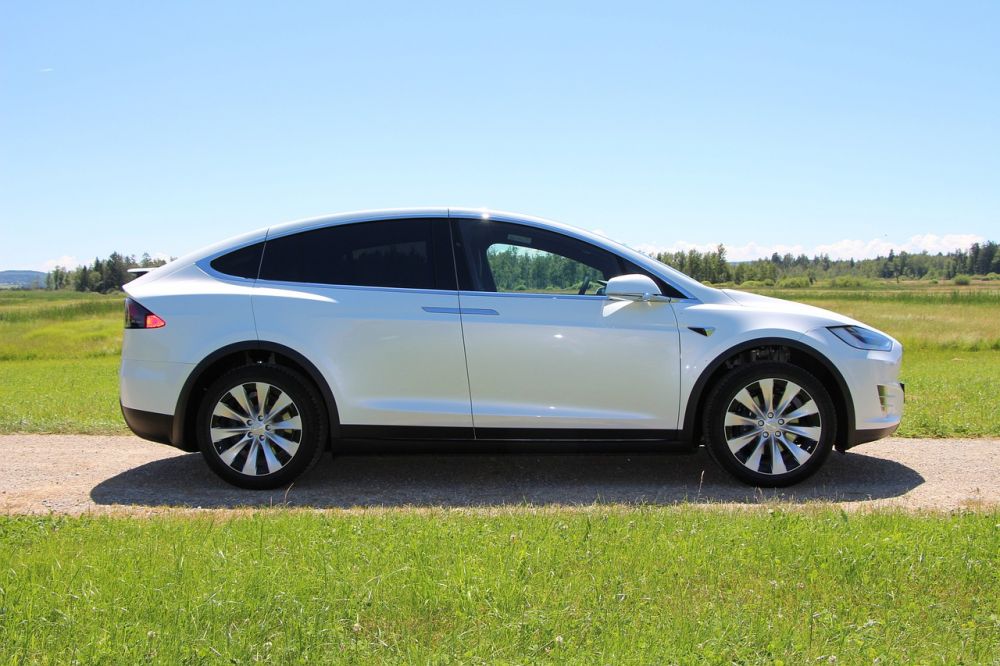Tesla Roadster: Revolutionizing the Electric Car Industry

Introduction:
The Tesla Roadster is a groundbreaking electric sports car that has captured the attention of car enthusiasts worldwide. With its sleek design, impressive performance, and eco-friendly nature, the Roadster has become a symbol of the electric vehicle revolution. In this article, we will delve deep into the world of Tesla Roadsters, exploring their features, types, quantitative measurements, differences between models, and a historical overview of their advantages and disadvantages.
I. Overview:

The Tesla Roadster is the first production vehicle produced by Tesla Motors and was introduced in 2008. It is a two-seater convertible sports car that combines high performance with sustainability. Unlike traditional sports cars that run on fossil fuels, the Roadster is entirely powered by electricity, making it environmentally friendly and cost-effective to operate. Its cutting-edge technology and futuristic design have propelled it to the forefront of the electric vehicle market.
II. Presentation:
1. Types of Tesla Roadster:
a. First Generation (2008-2012): The original Roadster, based on the Lotus Elise platform, featured a lightweight 2,723-pound body and a 53 kWh battery pack. It had a range of approximately 245 miles per charge and could accelerate from 0 to 60 mph in just 3.7 seconds.
b. Second Generation (2020-present): The newest version of the Roadster was announced in 2017 and is expected to be released in 2021. It boasts remarkable specifications, including a range of 620 miles, a top speed of over 250 mph, and acceleration from 0 to 60 mph in a breathtaking 1.9 seconds.
2. Popularity of Tesla Roadster:
The Tesla Roadster has gained tremendous popularity among electric vehicle enthusiasts, collectors, and innovators. Its sleek design, exceptional performance, and the endorsement of notable celebrities have contributed to its appeal. It has become a symbol of the transition towards sustainable transportation and has also sparked interest in the wider adoption of electric vehicles.
III. Quantitative Measurements:
1. Range:
The range of Tesla Roadsters is a key factor in their appeal. The first-generation Roadster offered a range of approximately 245 miles on a single charge, while the second-generation model is expected to offer an impressive range of 620 miles. This significant improvement reflects Tesla’s commitment to advancing battery technology and enhancing the overall driving experience for electric car owners.
2. Acceleration:
Tesla Roadsters are renowned for their incredible acceleration. The first-generation model could reach 0 to 60 mph in just 3.7 seconds, while the second-generation model aims to break records with its astonishing acceleration of 0 to 60 mph in 1.9 seconds. These quick acceleration times are made possible by Tesla’s advanced electric powertrain and efficient design.
IV. Differences between Tesla Roadster Models:
The second-generation Tesla Roadster represents a monumental leap forward from its predecessor in terms of performance, range, and design. While the first-generation Roadster was based on a modified Lotus Elise chassis, the upcoming model is expected to have an original design developed entirely by Tesla. Additionally, the second-generation Roadster is equipped with advanced autonomous driving capabilities and other cutting-edge features that were not available in the first-generation model.
V. Historical Overview of Advantages and Disadvantages:
1. Advantages:
a. Sustainability: Tesla Roadsters are powered by electricity, which significantly reduces carbon emissions and promotes clean energy usage.
b. Cost-effectiveness: Electric vehicles offer lower operating costs compared to traditional gasoline-powered cars, as they require less maintenance and have lower fuel costs.
c. High Performance: Tesla Roadsters deliver impressive acceleration, making them a favorite among car enthusiasts who value speed and power.
2. Disadvantages:
a. Limited Charging Infrastructure: The main challenge of owning an electric vehicle, including Tesla Roadsters, is the availability of charging stations. Although the network of charging stations is expanding, it remains less widespread compared to traditional gasoline stations.
b. Price: The initial cost of a Tesla Roadster is higher than that of a conventional sports car due to the advanced technology and battery systems. However, the long-term cost savings in fuel and maintenance can offset this initial investment.
In conclusion, the Tesla Roadster has revolutionized the electric car industry by combining sustainable technology, impressive performance, and striking design. With the upcoming release of the second-generation Roadster, Tesla is pushing the boundaries of electric vehicle capabilities even further. As the world transitions towards a more sustainable future, the Tesla Roadster stands as a shining example of what the future of transportation can be.
References:
– Tesla Motors. (n.d.). Retrieved from https://www.tesla.com/roadster





